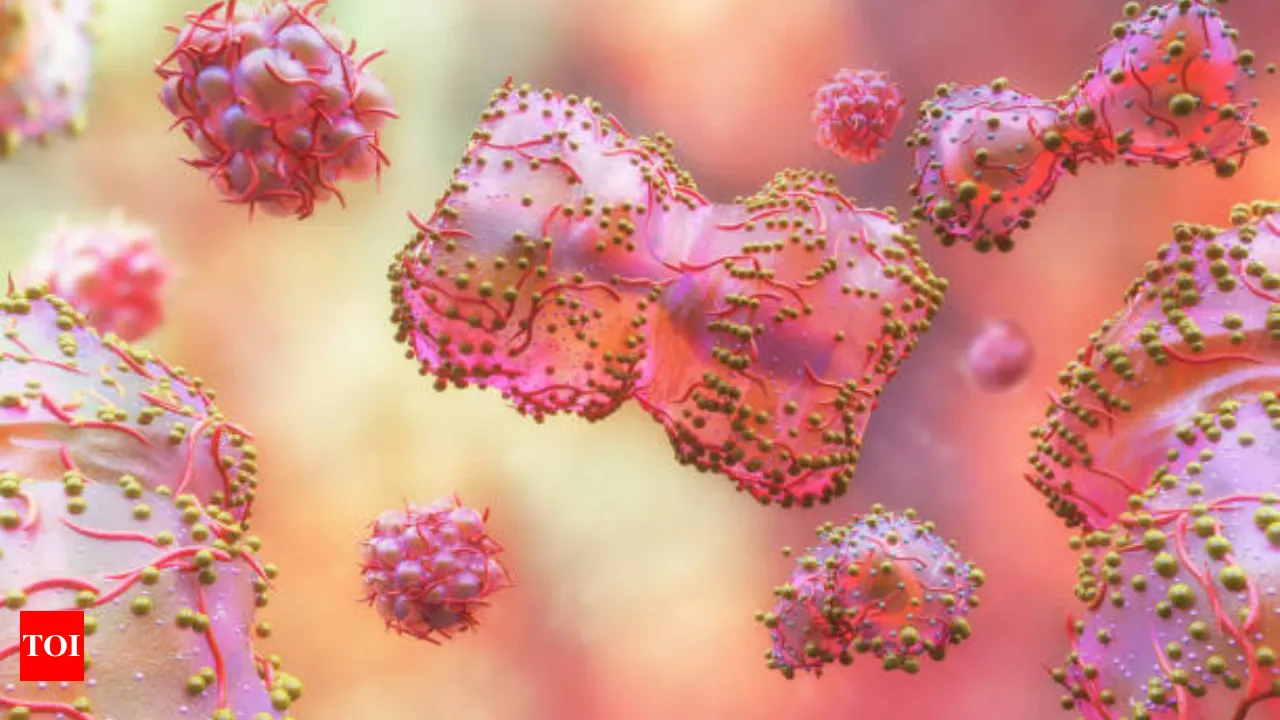Monkeypox Symptoms and Their Significance: A Focus on India

Monkeypox Symptoms and Signs
Monkeypox infections exhibit specific signs that are essential for timely recognition. The common signs include fever, sore throat, headache, muscle ache, swollen lymph nodes, and fatigue. The most notable symptom is the appearance of rash, often the first indication following exposure.
Recognizing Monkeypox Rashes
Rashes associated with monkeypox can appear on various parts of the body, including palms, soles, and face.
- Rashes tend to be the initial symptoms of monkeypox infection.
- Symptoms generally arise within one week of exposure but may take up to 21 days for some.
Early detection through polymerase chain reaction (PCR) testing is paramount for managing this infection. Testing involves obtaining samples from rashes or throat swabs where lesions are absent. Blood tests are not advised as a detection method for monkeypox.
Preventive Measures
Staying safe from monkeypox involves practical precautions:
- Wear masks and maintain hygiene through regular handwashing.
- Individuals with active symptoms should keep lesions uncovered and practice safe isolation methods.
The health ministry is proactive in conducting contact tracing in response to the recent suspected case in India, emphasizing preparedness to handle such health issues.
This article was prepared using information from open sources in accordance with the principles of Ethical Policy. The editorial team is not responsible for absolute accuracy, as it relies on data from the sources referenced.